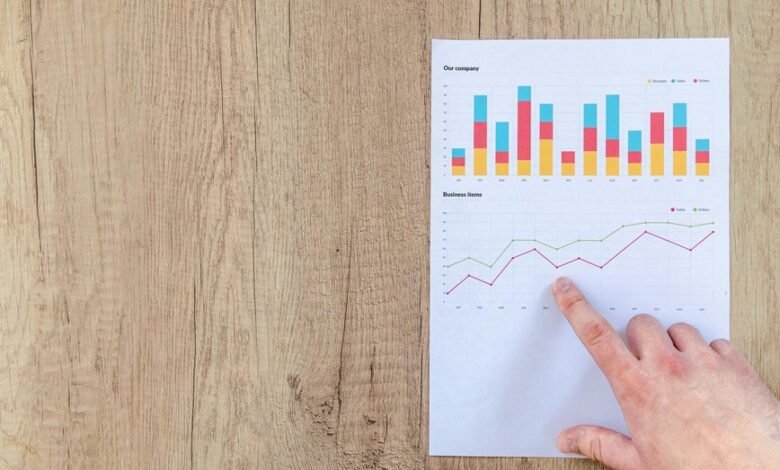Caller Data Overview: 4055445123, 4055613564, 4055786075, 4055886043, 4055886046, 4055912486

The caller data for numbers 4055445123, 4055613564, 4055786075, 4055886043, 4055886046, and 4055912486 presents a critical analysis of communication habits. Each number displays unique calling patterns, which can serve as indicators of spam or legitimate outreach. By examining these characteristics, one can gain insights into the nature of these calls. Understanding these patterns is essential for improving call handling strategies in an increasingly complex communication landscape.
Overview of Each Phone Number
An analysis of the caller data reveals distinct characteristics associated with each phone number.
The caller patterns exhibit unique number associations, indicating potential usage contexts. For instance, patterns suggest varying call frequencies and durations, providing insights into caller intent.
Identifying Spam and Telemarketing Trends
How can one effectively distinguish between legitimate calls and those originating from spam or telemarketing sources?
Effective spam detection involves analyzing telemarketing patterns, including frequent call times, repetitive scripts, and unsolicited offers.
By recognizing these indicators, individuals can reduce unwanted interruptions and maintain their freedom from persistent marketing tactics.
Awareness of these trends aids in making informed decisions about answering unknown calls.
The Importance of Caller Data in Modern Communication
As communication technology evolves, the significance of caller data becomes increasingly apparent in enhancing user experience and security.
Caller analytics benefits include improved call identification and reduced spam, fostering a more efficient communication landscape.
However, privacy concerns arise as personal information is analyzed and stored.
Balancing these advantages with the need for user privacy remains a crucial challenge in modern communication strategies.
Conclusion
In conclusion, the analysis of caller data for the specified phone numbers underscores the critical role such information plays in contemporary communication. By distinguishing between legitimate calls and potential spam, users can navigate their communication landscape more effectively. This data acts as a beacon in a sea of telemarketing chaos, illuminating paths to safer interactions. Ultimately, understanding these patterns not only enhances user experience but also fortifies the foundation of secure communication in an increasingly complex digital world.






